The mysterious origin of the "mini-moons" around Earth
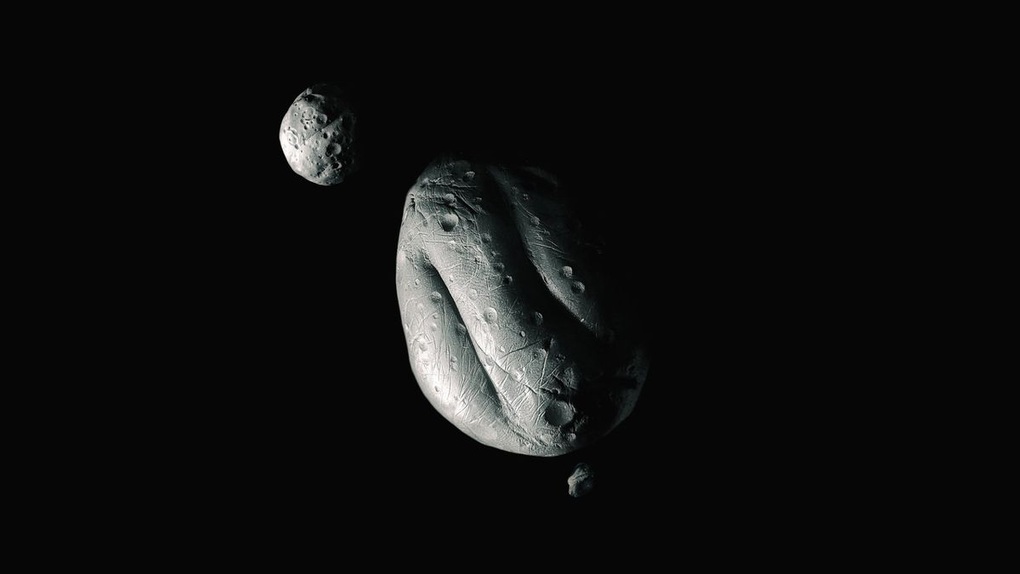
A mini-moon could be an object temporarily attached to Earth, making at least one orbit around the planet and being closer than about four times the distance from Earth to the Moon at any one time (Photo: Getty).
Unlike the familiar Moon, Earth also has small, fast-moving "minimoons" that only exist for a short time, making their detection a big challenge for astronomers.
According to new research published in the journal Icarus , a significant fraction of these minimoons originate from our own Moon.
When asteroids collide with the Moon, fragments ejected into space may temporarily fall into Earth's orbit before continuing their journey through the Solar System.
These temporary satellites are typically only 1 to 2 meters in size, about the size of a car. Despite their small size, they are still able to complete at least one orbit around the Earth before being pulled away by the Sun's gravity.
"They're like transient visitors," said study lead author Robert Jedicke, an astronomer at the University of Hawaii. "A minimoon might exist for a few months, then disappear from Earth's orbit as if it had never been there."
Using orbital simulations, the team estimated that there are about 6.5 minimoons orbiting Earth at any given time. However, this number is only an estimate because many factors cannot be precisely determined, such as the object's size, flight speed, or initial impact direction.
Potential from elusive "guests"
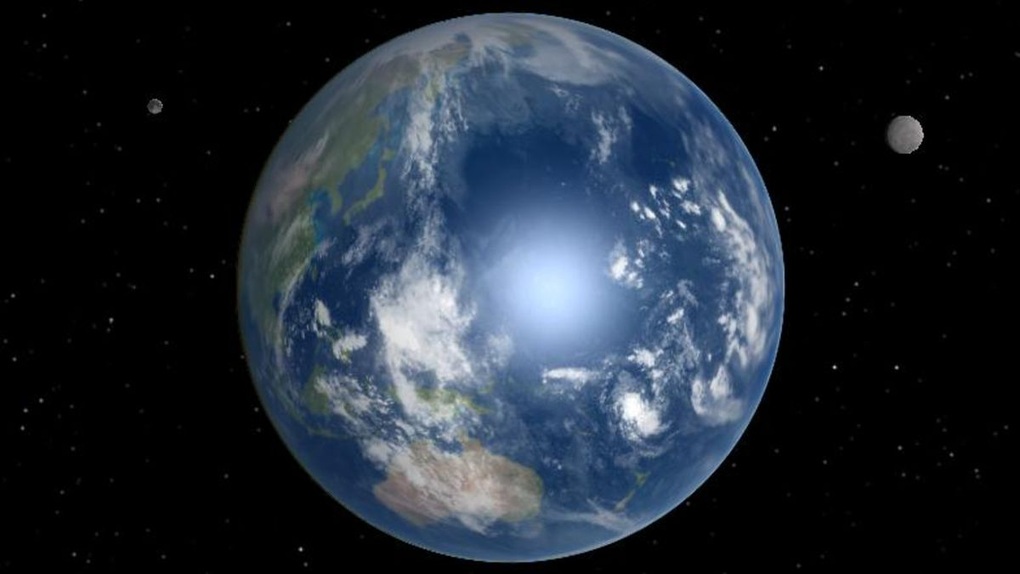
Illustration of Earth with multiple moons moving around it at the same time (Photo: Wikimedia Commons).
Previously, most minimoons were thought to originate in the asteroid belt between Mars and Jupiter. However, recent findings suggest that many minimoons bear signs of coming from the Moon.
A typical example is asteroid 469219 Kamo'oalewa, discovered in 2016, which is thought to be a piece of the Moon after a large collision millions of years ago.
Recently, the object 2024 PT5 was also identified as having characteristics more similar to the Moon than a typical asteroid, strengthening the hypothesis that the Moon is "producing" its own temporary satellites.
Detecting minimoons is extremely difficult due to their small size and extremely fast movement. Current detection algorithms often miss them, especially in long-exposure images of the sky.
"It's amazing that modern technology can still detect objects just a few meters away from millions of kilometers," Jedicke shared.
However, the successful detection of minimoon 2020 CD3, even though it was only present for a few nights of observation, gives hope for future surveys. If the exact location can be determined, astronomers can track and study this special type of object in more detail.
Not only does it have scientific significance, minimoons also open up commercial opportunities in the future. According to Jedicke, instead of having to waste fuel flying to distant asteroids, humans can take advantage of minimoons to mine minerals or water right near Earth.
From a research perspective, minimoons also help scientists better understand the process of crater formation, the dispersion of material from the Moon, as well as the collision process in the early Solar System.
"Minimoons are like bones in archaeology. They help reconstruct the past of the Earth and the Moon," Jedicke said.
Source: https://dantri.com.vn/khoa-hoc/trai-dat-co-6-mat-trang-cung-luc-chung-den-tu-dau-20250714050005973.htm




![[Photo] Cat Ba - Green island paradise](/_next/image?url=https%3A%2F%2Fvphoto.vietnam.vn%2Fthumb%2F1200x675%2Fvietnam%2Fresource%2FIMAGE%2F2025%2F12%2F04%2F1764821844074_ndo_br_1-dcbthienduongxanh638-jpg.webp&w=3840&q=75)



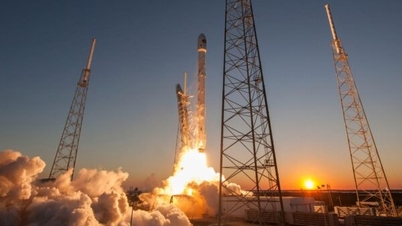

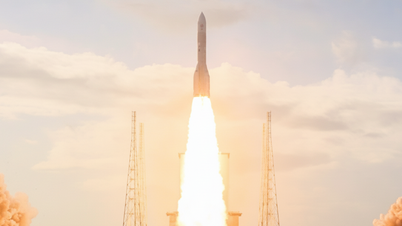

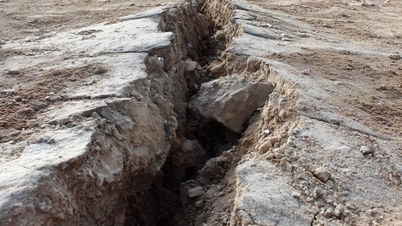


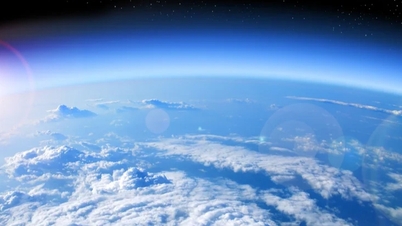

























































































Comment (0)